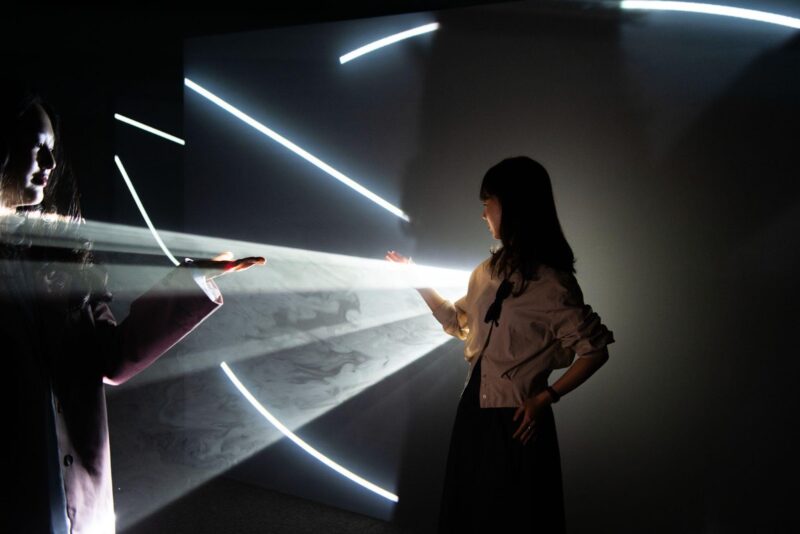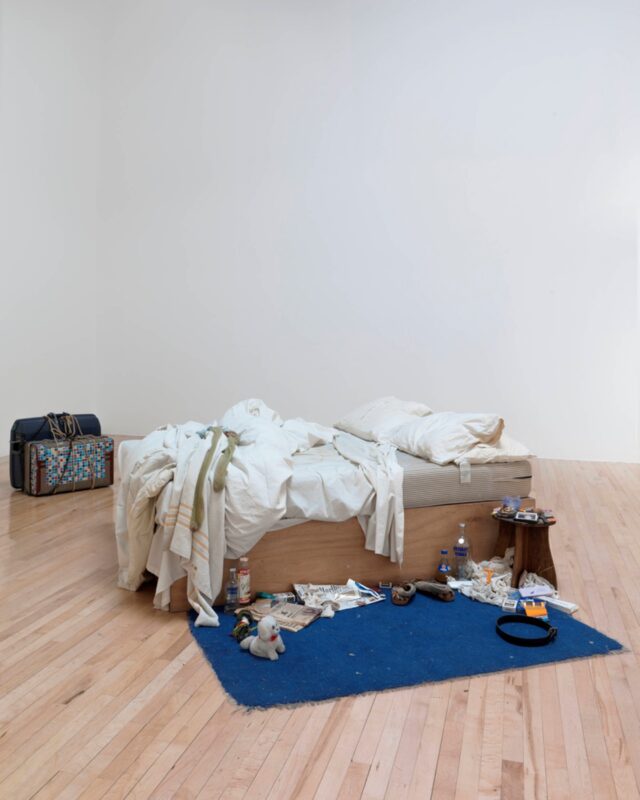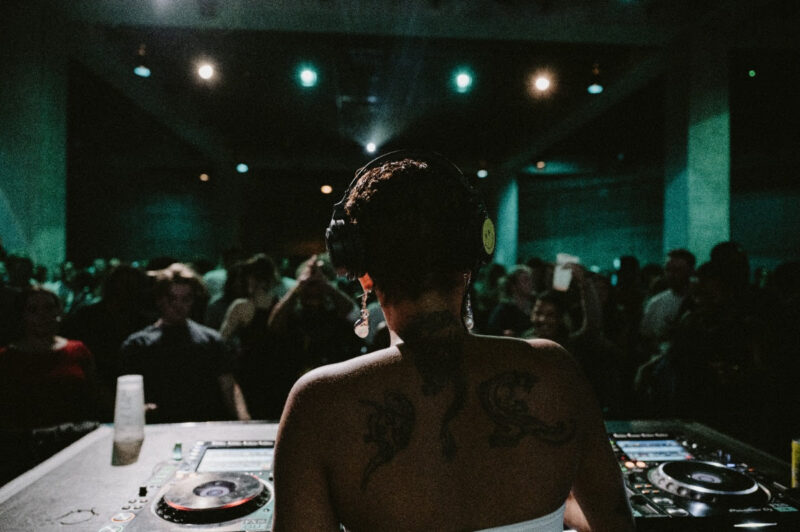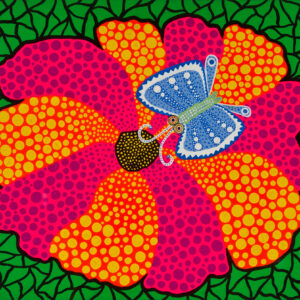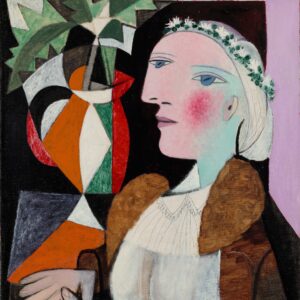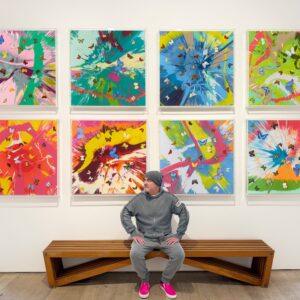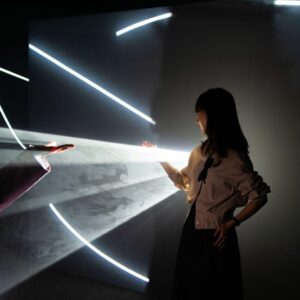Tate Modern is opening the UK’s largest Yoko Ono exhibition this week on the 15th February.
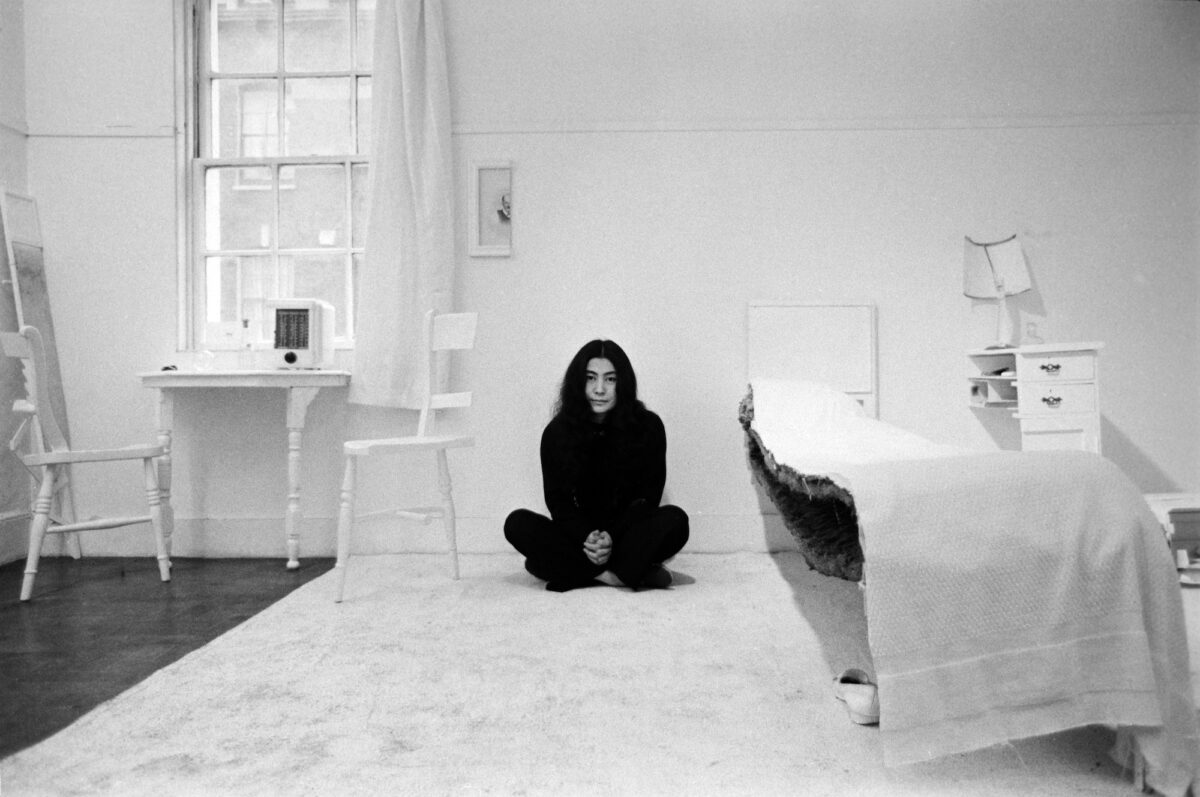
Ono is a trailblazer of early conceptual and participatory art, film and performance, a celebrated musician, and a formidable campaigner for world peace. Spanning seven decades of the artist’s powerful, multidisciplinary practice from the 1950s to now, YOKO ONO: MUSIC OF THE MIND traces the development of her innovative work and its enduring impact on contemporary culture. Conceived in close collaboration with Ono’s studio, the exhibition brings together over 200 works including instruction pieces and scores, installations, films, music and photography, revealing a radical approach to language, art and participation that continues to speak to the present moment.
Ideas are central to Ono’s art, often expressed in poetic, humorous and profound ways. The exhibition starts by exploring her pivotal role in experimental avant-garde circles in New York and Tokyo, including the development of her ‘instruction pieces’ – written instructions that ask readers to imagine, experience, make or complete the work. Some exist as a single verb such as FLY or TOUCH. Others range from short phrases like ‘Listen to a heartbeat’ and ‘Step in all the puddles in the city’ to tasks for the imagination like ‘Painting to be Constructed in your Head’. Each word or phrase aims to stimulate and unlock the mind of the reader. Previously unseen photographs show Ono’s first ‘instruction paintings’ at her loft studio in New York – where she and composer La Monte Young hosted experimental concerts and events – and in her first solo exhibition at AG Gallery in 1961. The typescript draft of Ono’s ground-breaking self-published anthology Grapefruit, compiling her instructions written between 1953 and 1964, is displayed in the UK for the first time. Visitors are invited to activate Ono’s instructions, concealing themselves in the interactive work Bag Piece 1964 – first performed by Ono in Kyoto, in the same concert in which she performed her iconic work Cut Piece 1964 – and bringing their shadows together in Shadow Piece 1963.
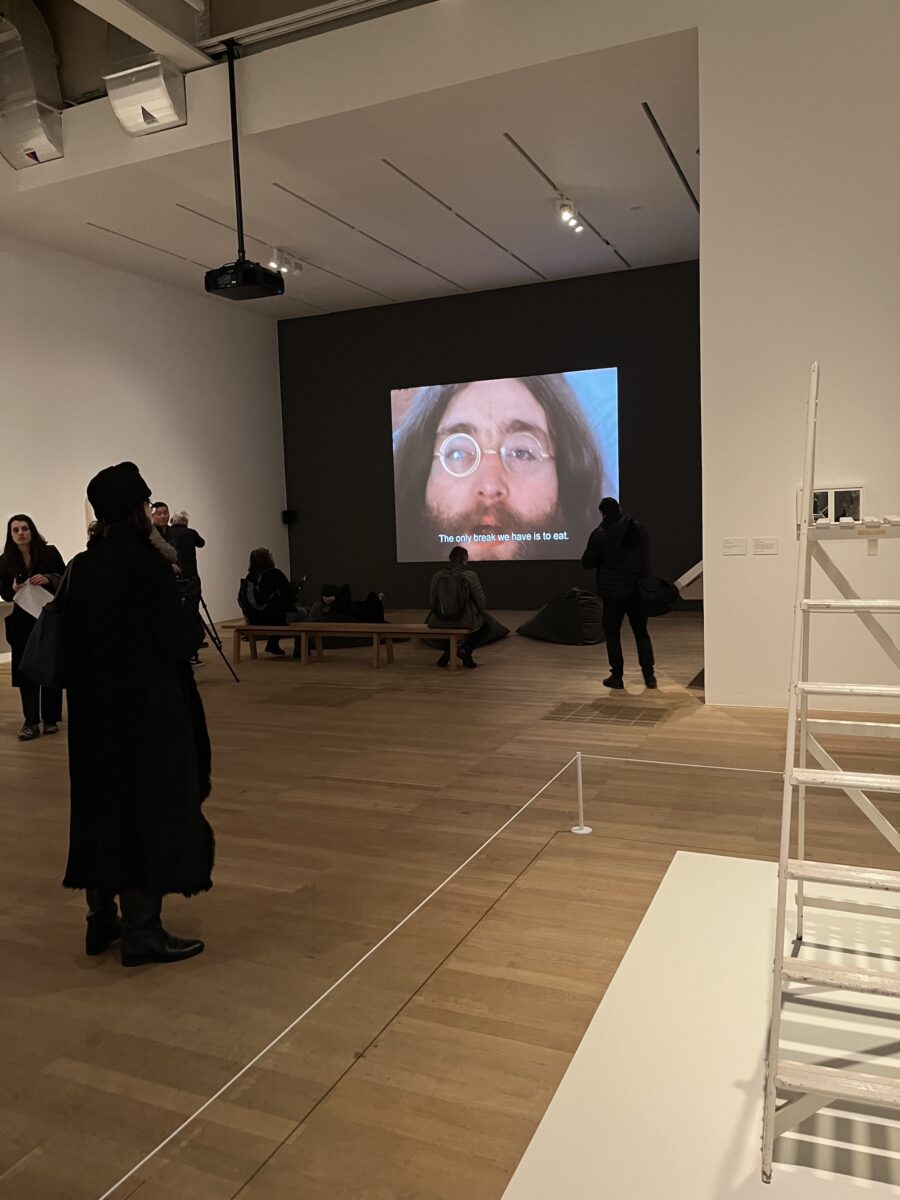
The heart of the exhibition charts Ono’s radical works created during her five-year stay in London from 1966. Here she became embedded within a countercultural network of artists, musicians and writers, meeting her future husband and longtime collaborator John Lennon. Key installations from Ono’s influential exhibitions at Indica and Lisson Gallery feature, including Apple 1966 and the poignant installation of halved domestic objects Half-A-Room 1967. Ono’s banned Film No. 4 (Bottoms) 1966-7 which she created as a ‘petition for peace’ is displayed alongside material from her influential talk at the Destruction In Art Symposium, in which she described the fundamental aspects of her participatory art: event-based; engaged with the everyday; personal; partial or presented as unfinished; a catalyst to creative transformation; and existing within the realm of the imagination. Visitors can participate in White Chess Set – a game featuring only white chess pieces and a board of white squares, with the instruction ‘play as long as you can remember where all your pieces are’ – a work first realised in 1966 that demonstrates Ono’s anti-war stance.
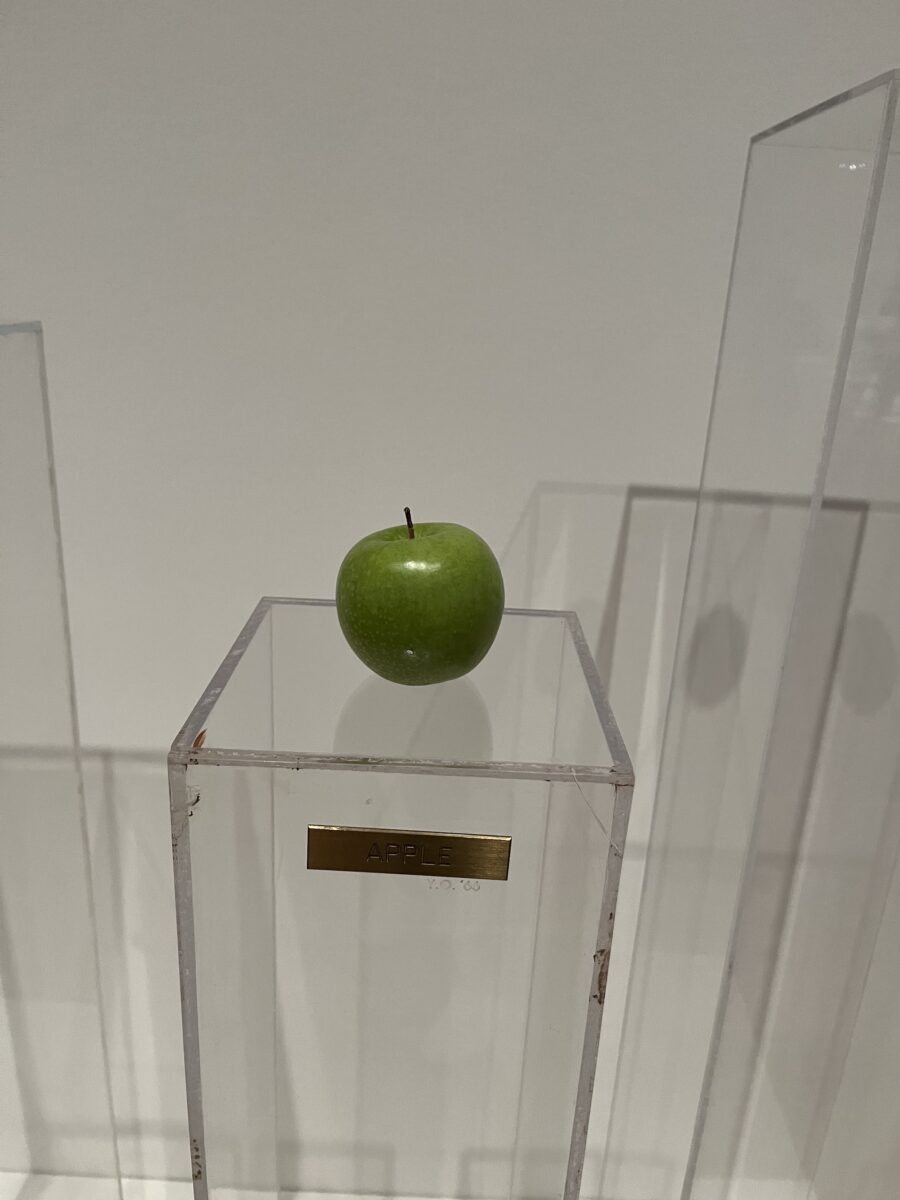
Key themes that recur throughout Ono’s work are explored across decades and mediums. These include the sky, which appears repeatedly as a metaphor for peace, freedom and limitlessness. As a child fleeing Tokyo during World War II, Ono found solace and refuge in the constant presence of the sky. It appears in the instruction piece Painting to See the Skies 1961, the 1966 installation SKY TV, broadcasting a live video feed of the sky above Tate Modern, and the moving participatory work Helmets (Pieces of Sky), first realised 2001, inviting visitors to take away their own puzzle-piece of the sky. The artist’s commitment to feminism is shown in films like FLY 1970-1, in which a fly crawls over a naked woman’s body while Ono’s voice chart its journey, and Freedom 1970, in which Ono attempts and fails to break free from her bra. In a section devoted to Ono’s music, feminist anthems such as Sisters O Sisters 1972, Woman Power 1973 and Rising 1995 embolden women to build a new world, have courage and rage, amplifying Ono’s works that denounce violence against women.
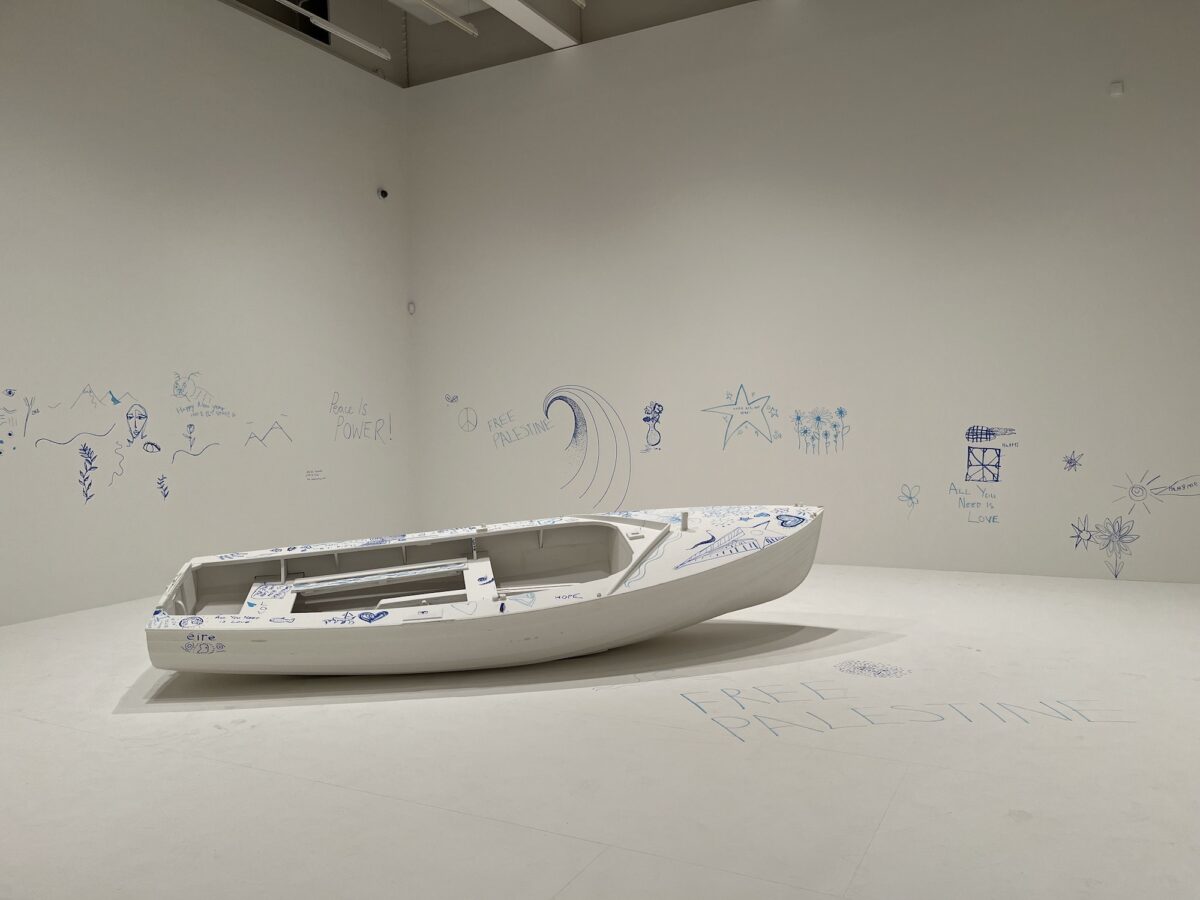
Ono has increasingly used her art and global media platform to advocate for peace and humanitarian campaigns, initially collaborating with her late husband John Lennon. Acorns for Peace 1969 saw Ono and Lennon send acorns to world leaders, while the billboard campaign ‘WAR IS OVER!’ (if you want it) 1969 used the language of advertising to spread a message of peace. The film BED PEACE 1969 documents the second of the couple’s infamous ‘bed-in’ events staged in Amsterdam and Montreal, during which they spoke with the world’s media to promote world peace amid the Vietnam War. Tate Modern has also staged Ono’s recent project Add Colour (Refugee Boat), first activated in 2016, inviting visitors to add paint to white gallery walls and a white boat while reflecting on urgent issues of crisis and displacement.
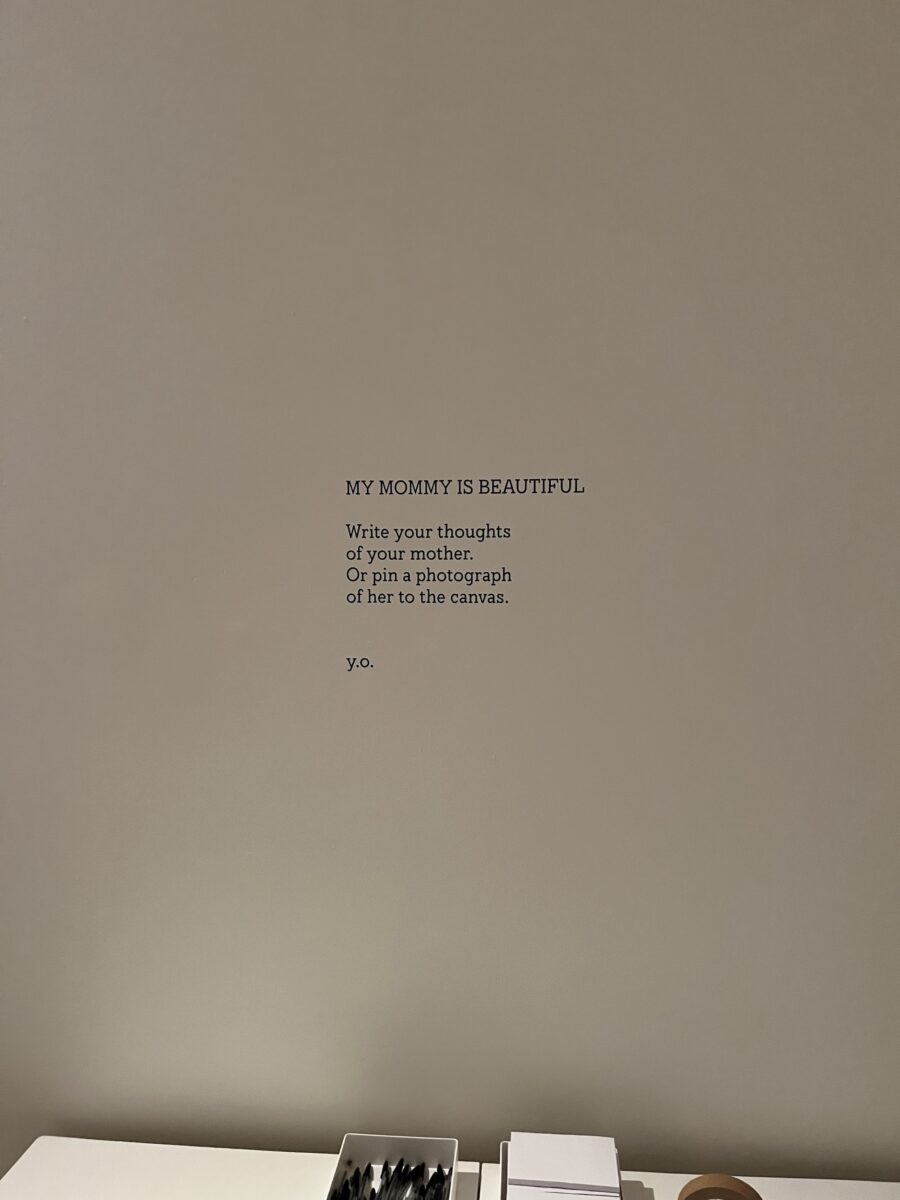
The exhibition culminates in a new iteration of Ono’s participatory installation My Mommy Is Beautiful, first realised 2004, featuring a 15-metre-long wall of canvases to which visitors can attach photographs of their mother and share personal messages. Moving beyond the exhibition space, Ono’s work also extends across Tate Modern’s building and landscape. Gallery windows overlooking the River Thames feature the artist’s powerful intervention, PEACE is POWER, first shown 2017, translated into multiple languages, while the interactive artwork Wish Tree, first realised 1996, greets visitors at the entrance to the exhibition, inviting passers-by to contribute individual wishes for peace.
Tate’s exhibition takes its title from Ono’s Music of the Mind series of concerts and events in London and Liverpool in 1966 and 1967. It reflects her concept of silent music, in which her ‘instructions’ produce sound in the listeners’ imagination.
In 1966 Ono explained her concept:
When a violinist plays, which is incidental: the arm movement or the bow sound… I think of my music more as a practice (gyo) than a music. The only sound that exists to me is the sound of the mind. My works are only to induce music of the mind in people…
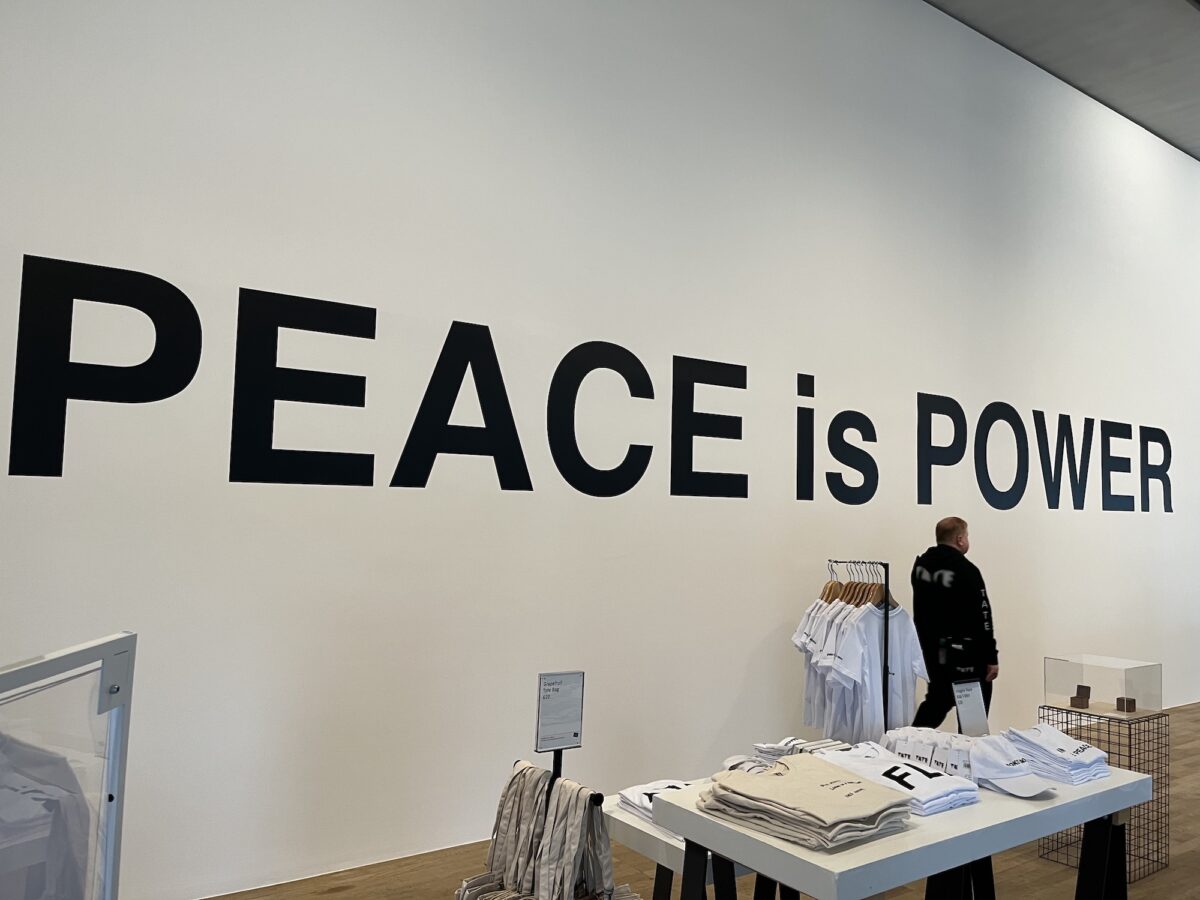
YOKO ONO: MUSIC OF THE MIND, 15th February – 1st September 2024, Tate Modern
Related Publications
YOKO ONO: MUSIC OF THE MIND, Edited by Juliet Bingham Paperback £30, Hardback £40 Furthering the research on Yoko Ono’s work and made in close collaboration with Ono’s studio, this new book from Tate Publishing features insights from contributors including Patrizia Dander, Head of Curatorial Department at Kunstsammlung Nordrhein-Westfalen; musician, author and curator David Toop; Naoko Seki, curator Museum of Contemporary Art, Tokyo (1993-2020); and art historian and curator Andrew Wilson.
Related events and content
Tate Modern Late: Yoko Ono 23rd February 2024, 18.00 – 22.00; Free – some events require a bookable free ticket available at tate.org.uk/whats-on/tate-modern/tate-modern-lates
Tate Modern will open after-hours to celebrate YOKO ONO: MUSIC OF THE MIND. The evening will feature DJ sets programmed by Global Roots and artist-led workshops centring on Ono’s key participatory works, including White Chess Set, Wish Trees for London and My Mommy is Beautiful. Throughout the evening, visitors can watch screenings of Ono’s trailblazing short films in the Starr Cinema.
Exhibition tour 24th February 2024, 10:15 – 11:15; £34 (£12 Tate Members)
A Saturday morning tour of the exhibition, offering an opportunity to learn about the life and work of Yoko Ono.
Exhibition talk 26th March 2024 / 7th May 2024 / 23rd July 2024; 13:00 -14:00; £34 (£12 Tate Members) Starr Cinema, Tate Modern Enjoy a one-hour talk prior to visiting the exhibition to learn about the life and work of Yoko Ono. Ticket price includes entrance to the show.
UNIQLO Tate Play: Yoko Ono, Do it Yourself 30th March – 14th April 2024; Free
Tate Modern invites visitors of all ages to take part in UNIQLO Tate Play: Yoko Ono, Do it Yourself. Participatory works will extend across the building, featuring instruction pieces from Ono’s pioneering book Grapefruit. Some instructions exist as single verbs, such as ‘BREATHE’ or ‘WHISPER’, while others are phrases such as ‘Fold a crane and read’ or tasks for the imagination like ‘Go on drawing until you disappear’’. Located at various points through the gallery, Ono’s poetic instructions will take audiences on a journey of imaginative play.
UNIQLO Tate Play: Yoko Ono, Do it Yourself is presented on the Turbine Hall bridge, Blavatnik Building, Natalie Bell Building and the south landscape. UNIQLO Tate Play is in partnership with UNIQLO.
Yoko Ono playlist: An accompanying playlist of Ono’s music tracks is available to download from Spotify via a QR code inside the exhibition.
